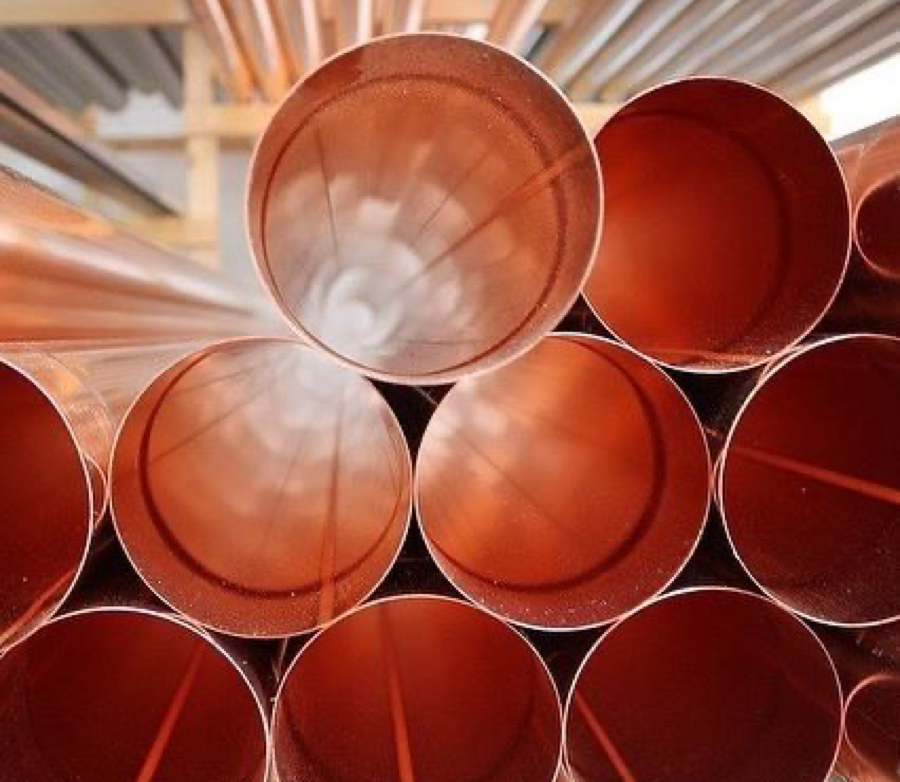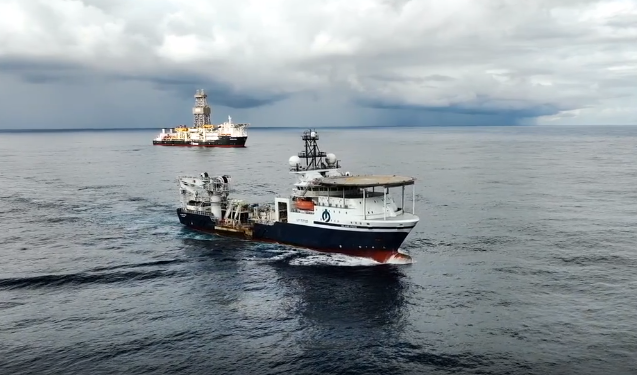China’s copper imports at six-month low

China’s copper imports fell for a second consecutive month in November to a six-month low, customs data showed on Monday, as the closure of a favourable price arbitrage window made bringing in metal from overseas, as well as bonded storage, less attractive.
Arrivals of unwrought copper and copper products totalled 561,311 tonnes last month, the General Administration of Customs said. That was down 9.2% from 618,108 tonnes in October, but up 16.2% from November 2019.
China’s copper-intensive manufacturing sector grew at the fastest pace in over three years in November, according to an official survey whose sub-index for construction – in which copper is also widely used – likewise picked up as China boosts infrastructure spending.
This helped to propel copper prices to a seven-year high last week amid predictions of a “structural bull cycle” returning.
However, a spread between Shanghai and London copper prices that previously made shipping the metal to China profitable turned negative in November, signaling an end to the bumper arbitrage flows seen in previous months.
On Monday, copper futures for March delivery traded at $7,731.65 per tonne by 3:20 p.m. EST on the Comex. This represents a gain of 23.5% year-to-date.
Copper imports
Bonded copper inventories in China, where overseas metal is stored, have been building since the third quarter, underscoring the reduced purchases.
Imports from January to November were at 6.17 million tonnes, extending the annual record high that had been achieved in just 10 months.
China copper demand analyst He Tianyu at CRU Group said “the decline in copper imports was within expectations, as imports of the last six months were high.”
“Chinese demand for copper is still picking up on a monthly basis. This six-month low (in imports) only means that imports during the second-half this year have been high.”
Arrivals of copper concentrate came in at 1.83 million tonnes in November, customs said. That was up 8.3% from October, but down 15.1% from the record 2.157 million tonnes imported a year earlier.
Concentrate supply remains tight as miners and smelters negotiate treatment and refining charges for 2021.
(With files from Reuters)
More News
Miner’s bid to tap seabed pits UN-backed regulators against Trump
International regulators condemned TMC’s move to circumvent their authority by seeking the Trump administration’s approval for seabed mining.
March 29, 2025 | 02:38 pm
The stars are aligning for Graphite One
Graphite One could take a leading role in loosening China’s tight grip on the US graphite market by mining feedstock from its Graphite Creek project in Alaska.
March 28, 2025 | 03:29 pm
{{ commodity.name }}
{{ post.title }}
{{ post.excerpt }}
{{ post.date }}



Comments